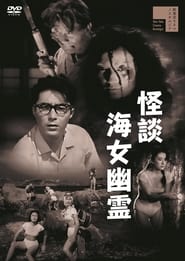detail profile ky c5 8dko c5 8cgimachi
Peran Yang Di Mainkan Kyōko Ōgimachi
 South of Tokyo is a small...
South of Tokyo is a small...The Abalone Gals 1965
South of Tokyo is a small island until quite recently relatively unchanged since feudal times. Now, however, it is being made into a tourist's playland and the girls, who had been abalone divers, now become geisha, and the old ways of the island are all topsy-turvy. One of the girls, more sensitive than the rest, sees that here, too, people are motivated only by greed and decides to leave and try to find a better life elsewhere.
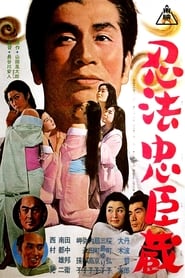 Mumyo Tsunataro killed his betrayed fiance...
Mumyo Tsunataro killed his betrayed fiance...Tale of Ninja Duty 1965
Mumyo Tsunataro killed his betrayed fiance Orie and He flees to Utsunomiya. On his way he happens to saves Chisaka Hyobu's daughter Oyu (She is exactly like Orie) be attacked by ninja. Thus he stays Chisaka's residence in Yonezawa. Chisaka was just trying to stop Forty-seven ronin's revenge against Kira Kozukenosuke by female ninja's sexual entrapment. Chisaka asks Tsunataro to lead female ninja. Tsunataro accepts the request on condition of marriage to Oyu.
 The murder of the chief official...
The murder of the chief official...Yellow Line 1960
The murder of the chief official of Kobe city's Customs triggers an investigation of a prostitution ring called the 'Yellow Line' that sells Japanese women. A hired assassin is betrayed by his organization, and kidnaps a woman who happens to be the girlfriend of a newspaper reporter.
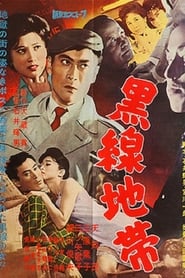 Freelance reporter Scoop Machida is hot...
Freelance reporter Scoop Machida is hot...Black Line 1960
Freelance reporter “Scoop” Machida is hot on the trail of a prostitution ring called the Black Line, when he is framed for the murder of a young woman. Forced to clear his own name, the handsome journalist sinks deeper into the Black Line’s rotten swamp of drugs, prostitution, and murder and finds unexpected help in Maya, a steamy female gambler familiar with the neon-lit streets, shadowy alleyways, and seedy nightclubs he must navigate. The closest film in the Line series to classic American film noir, Ishii’s Black Line is a pulpy assortment of crime film conventions including the starkly expressionistic black and white cinematography by Jûgyô Yoshida, a jazzy music score by Michiaki Watanabe, and a sleazy screenplay by Ishii and Ichirô Miyagawa.
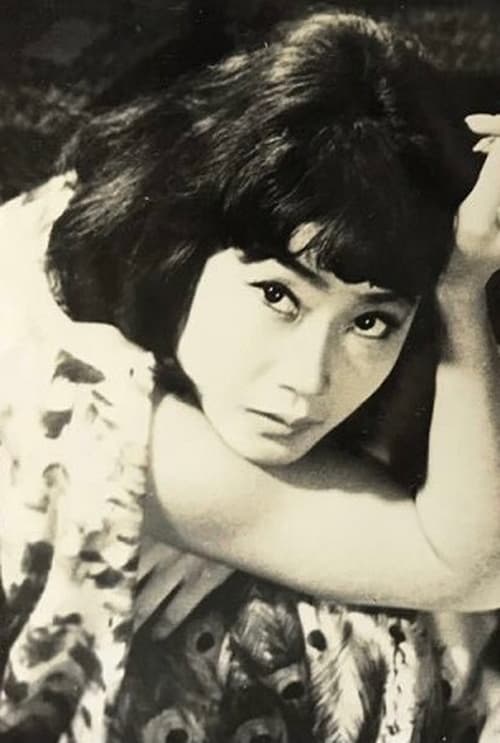

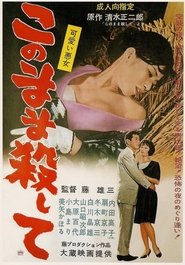 Pinku from 1965
Pinku from 1965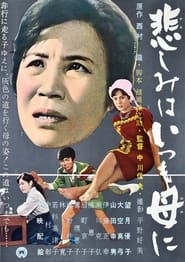 The last film produced by Shintoho
The last film produced by Shintoho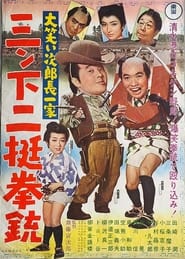 Comedy movie
Comedy movie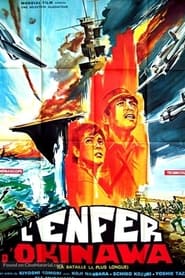 The last fight put up by...
The last fight put up by... Liveaction adaptation of Ko Kojimas manga...
Liveaction adaptation of Ko Kojimas manga...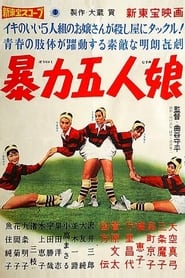 Japanese comedy film
Japanese comedy film